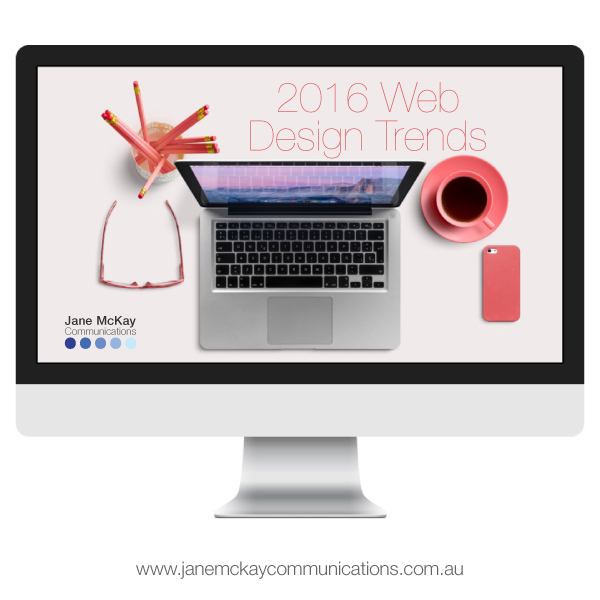Is Your Brand Evocative?
 Is Your Brand Evocative?
Is Your Brand Evocative?
I spend a disproportionate amount of my time thinking, dreaming, talking and designing branding.
Honestly, I could talk all day about the design aspects of branding: colours, typefaces, negative space, the golden ratio, but branding is about so much more. While many people think a brand is simply a logo and that's it, in marketing, branding goes so much deeper than graphic design.
I once read a quote that said, branding is what people say about you when you're not in the room. Branding is the essence of you as a business person, your business and the products and services you offer. It's about the holistic, cohesive experience of your customer when they interact with your brand.
The one thing I say to clients: branding isn't just about looks, it's about how your brand makes your customers feel and that goes way deeper than aesthetics.
Branding is, ultimately, about a feeling. Branding is about evoking an emotion for your target audience. And remember, it comes back to your target audience and their experience, not yours.
I've worked on countless branding projects over the years, and from a design point of view, some I love, some I never want to see again. It's interesting the feedback I've received on particular projects. In the creative field, opinions... Well, everyone has one!
I've met people who have outright said “oh I HATE that logo”, and I've said, “fair enough but the target audience for that project was primary school age children and you're a middle-aged man” (OK, so I might not have been that blunt but you get my meaning).
In every aspect of your branding you need to constantly bear your customer in mind. Leave your ego at the door - there is no you (or me) in branding. It is not about what you want, it's about what will attract and engage your ideal customer.
A brand is, in fact, very specific. It is, essentially a promise made to your customers about what you will deliver to them, how you will solve their problem and how it will make them feel, communicated through multiple channels including visual, verbal and perception.
A strong brand gives a customer confidence to move forward with a purchase decision. And when you're in business, everything comes down to the purchasing decision!
Have you ever sat down and undergone an intensive brand analysis?
Answer these questions, honestly:
- Does your brand, your logo, your messaging, your website, your collateral, your social media represent the core of you, your business and your why?
- Does it take your customers on a cohesive brand journey or is it a mish-mash of hastily posted Facebook posts, confused messaging and a logo designed by your cousin's son four years ago that you've never really loved but haven't had the heart to change?
- Does your brand attract and engage your ideal customer?
What do your answers say about your business and what it means to you and your customers?
Every interaction you have with a customer is influenced in some way by how they perceive your brand and its position in the market, what has been communicated to them about your brand before they have made contact with you, walked into your shop or looked at your Facebook page or your website.
Your brand is the foundation upon which we lay every other element in a marketing strategy; a weak foundation means shaky messaging, cracks in your visuals and can, ultimately, mean failure for your marketing and your business.
Your brand needs to deliver a cohesive, consistent message in everything that you do.
Branding is the core of your business' marketing, it is the first impression, the messaging, the values, the purpose, the mission and the vision. At its heart, it is the essence of your business and why you do what you do and every element of your brand needs to communicate this.
If you want to talk more about your branding book a 15 minute clarity call.
 I'm currently re-designing my website which, in the flurry of activity over the last few years including (but not limited to) having a baby, undertaking massive projects, starting another business, volunteering at community events, etc. has been pushed back as a project for “when I have time”.
I'm currently re-designing my website which, in the flurry of activity over the last few years including (but not limited to) having a baby, undertaking massive projects, starting another business, volunteering at community events, etc. has been pushed back as a project for “when I have time”.